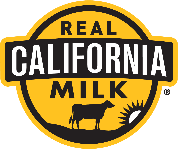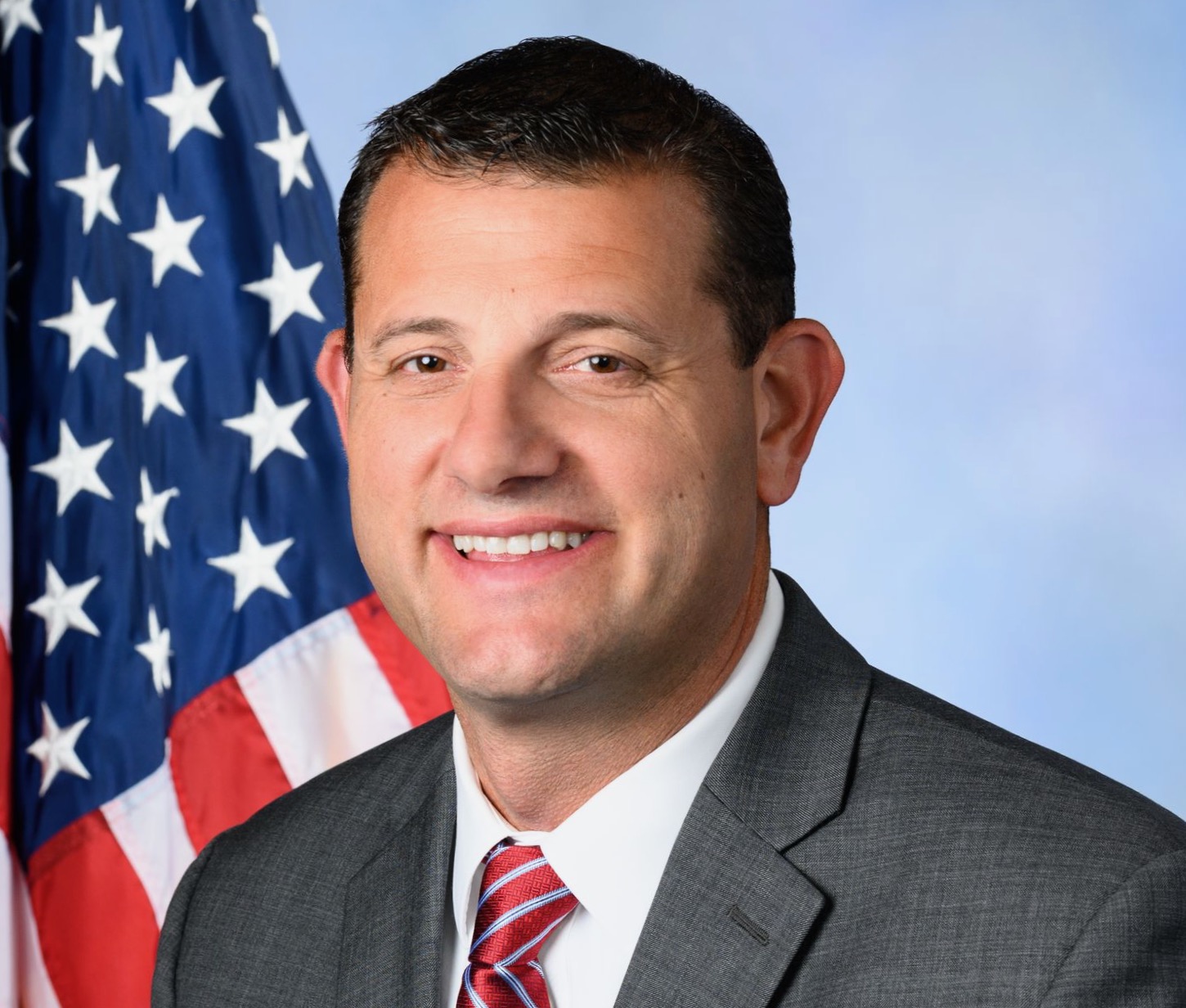MORE THAN 20 DAIRY PARTNERS DISPLAY DAIRY TRENDS, SUSTAINABLE INGREDIENTS IN REAL CALIFORNIA MILK’S STREET OF DAIRY AT 2024 INTERNATIONAL DAIRY DELI BAKERY ASSOCIATION SHOW
Courtesy of the California Milk Advisory Board
The California Milk Advisory Board (CMAB) will spotlight a variety of innovative, on-trend sustainably sourced dairy products at the 2024 International Dairy Deli Bakery Association (IDDBA) show in Houston, Tex. June 9-11. As a key exhibitor at the event, which brings together 10,000 attendees and more than 800 exhibiting companies at the largest industry-only show for dairy, deli, bakery, and foodservice, CMAB will connect with industry professionals while sharing all that California dairy has to offer through on-trend culinary dishes and more.
An assortment of dairy applications will be sampled throughout the show in CMAB’s booth #3729, including specialty cheese, lassi, desserts, kefir, puffed protein snacks and more. California culinary expert Joe Baird will showcase a selection of trending recipes including Boysenberry Cheesecake Ice Cream Milkshakes, Irish Hand Pies, Honey Yogurt with Vietnamese-style Fried Bananas, Korean-style Mozzarella-filled Croffles, Sushi Salad Wraps, and Walking Tacos in a Bag will be featured in the Real California Kitchen.
California dairy processors in attendance include Angelo & Franco, Arbo’s Cheese Dips, Belfiore Cheese, Cheese Bits, Crystal Creamery, DiStefano Cheese, Dosa by Dosa, Gelato Festival, In Good Hands, Fiscalini Cheese, Lifeway, Karoun Dairies, Marin French Cheese, Moinear Farmhouse Butter, Pacific Cheese, Point Reyes Farmstead Cheese Co., Rumiano Cheese, Scott Brothers, Sierra Nevada Cheese Co., Super Store Industries, Sweet Craft Dolceria, and Win soon Inc.
California is the nation’s leading milk producer, and makes more butter, ice cream and nonfat dry milk than any other state. California is the second-largest producer of cheese and yogurt. California milk and dairy foods can be identified by the Real California Milk seal, which certifies they are made with milk from the state’s dairy families using some of the most sustainable farming practices in the world.

















